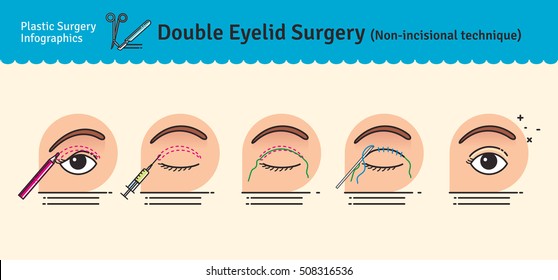Intrigued In Discovering The Distinctions Between SMILE, LASIK, And PRK Eye Treatments?
Intrigued In Discovering The Distinctions Between SMILE, LASIK, And PRK Eye Treatments?
Blog Article
Web Content Created By-Weber Vincent
If you've been considering SMILE eye surgical treatment, you may question how it compares to LASIK and PRK. Each procedure has its own collection of advantages and factors to consider. From quicker recovery times to potential threats, there are vital distinctions you should be aware of prior to deciding. Comprehending these distinctions will certainly help you make an informed choice that aligns with your specific requirements and assumptions. Interested to know even more regarding just how these procedures compare thoroughly? Go on checking out to get an extensive understanding of SMILE, LASIK, and PRK.
SMILE Eye Surgical Procedure Summary
If you're thinking about SMILE eye surgical treatment, you'll discover it to be a minimally invasive procedure with a quick recovery time. During what is difference between cataract surgery and lasik surgery (Small Laceration Lenticule Extraction), a laser is utilized to develop a little, accurate incision in the cornea to get rid of a tiny piece of cells, reshaping it to remedy your vision. This varies from LASIK, where a flap is created, and PRK, where the external layer of the cornea is entirely gotten rid of.
One of the vital advantages of SMILE is its minimally invasive nature, causing a faster healing process and much less pain post-surgery. The healing time for SMILE is fairly fast, with several patients experiencing improved vision within a day or 2. This makes it a prominent choice for those seeking a hassle-free and effective vision correction procedure. Furthermore, SMILE has been revealed to have a reduced threat of dry eye disorder contrasted to LASIK, making it a beneficial alternative for individuals worried regarding this prospective negative effects.
Differences In Between SMILE, LASIK, and PRK
When comparing SMILE, LASIK, and PRK eye surgical procedures, it is very important to understand the distinct strategies used in each treatment for vision adjustment.
https://www.ophthalmologytimes.com/view/procedures-set-new-horizon-refractive-surgery (Small Laceration Lenticule Removal) is a minimally intrusive procedure that entails creating a little incision to extract a lenticule from the cornea, improving it to fix vision.
LASIK (Laser-Assisted In Situ Keratomileusis) involves developing a slim flap on the cornea, using a laser to reshape the underlying tissue, and then repositioning the flap.
PRK (Photorefractive Keratectomy) eliminates the external layer of the cornea prior to improving the tissue with a laser.
The main distinction hinges on the way the cornea is accessed and treated. SMILE is flapless, making it an excellent choice for people with slim corneas or those involved in call sporting activities. LASIK provides quick visual healing because of the flap creation, but it may present a higher risk of flap-related complications. PRK, although having a much longer healing duration, stays clear of flap-related issues altogether.
Comprehending these variations is essential in picking the most ideal treatment for your vision adjustment requirements.
Pros and Cons Contrast
To evaluate the advantages and downsides of SMILE, LASIK, and PRK eye surgical procedures, it's necessary to take into consideration the particular advantages and prospective constraints of each procedure. SMILE surgery uses the benefit of a minimally invasive procedure, with a smaller incision and possibly quicker healing time compared to LASIK and PRK. It likewise lowers the threat of completely dry eye post-surgery, a typical adverse effects of LASIK. Nevertheless, SMILE might have constraints in treating greater degrees of nearsightedness or astigmatism contrasted to LASIK.
LASIK surgical treatment offers quick aesthetic recovery and minimal pain during the procedure. It's very efficient in dealing with a wide range of refractive errors, including myopia, hyperopia, and astigmatism. Yet, LASIK carries a risk of flap difficulties, which can affect the corneal framework.
PRK eye surgical treatment, while not as popular as LASIK, stays clear of developing a corneal flap, minimizing the risk of flap-related difficulties. It appropriates for patients with slim corneas or uneven corneal surface areas. Nevertheless, PRK has a longer recovery time and might entail extra discomfort during the recovery process.
Final thought
So, when it pertains to choosing between SMILE, LASIK, and PRK, think about it like choosing the excellent set of footwear. SMILE resembles a sleek, comfy set of tennis shoes - quick and very easy.
LASIK is a lot more like fashionable high heels - showy and quickly, however with some prospective risks.
PRK resembles strong treking boots - reliable and long lasting, yet needing a bit even more time and effort.
Inevitably, the most effective option relies on your individual needs and choices.
